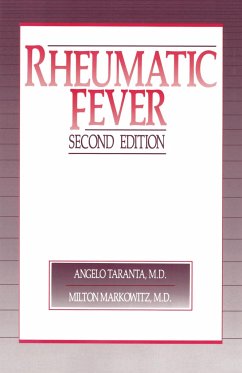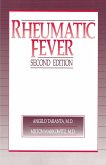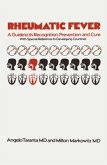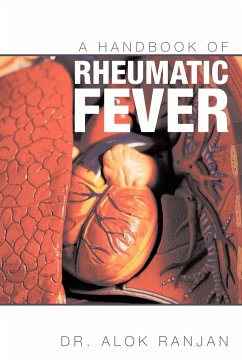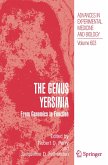Today rheumatic fever is still the most common cause of heart disease in children and young adults in developing countries. This disease is typically associated with poverty, in particular with poor housing, overcrowding and inadequate medical care. Rheumatic fever has almost disappeared from economically developed countries; this trend has paralleled improvements in standards of living. However, the recent resurgence of rheumatic fever in middle-class families in the U. S. A. has re-emphasized the importance of this disease in the developed countries as well. Prevention and control of rheumatic fever and rheumatic heart disease is an important part of the WHO cardiovascular disease program. Based on earlier WHO experience, and on the magnitude of the problem, it was realized that concerted action was needed to combat this significant cause of cardiovascular morbidity and mortality. The present program has been developed on the principle that sound knowledge and reliable technology already exist for implementing community programs for the prevention and control of rheumatic fever and rheumatic heart disease with the intention of extending activities toward nationwide coverage. The first edition of this book was an excellent instrument to assist in the control of this disease. The present volume with dissemination of knowledge to health personnel will contribute to closing the gap between knowledge and implementation and it links with WHO's endeavors in prevention and control of rheumatic fever and rheumatic heart disease.

